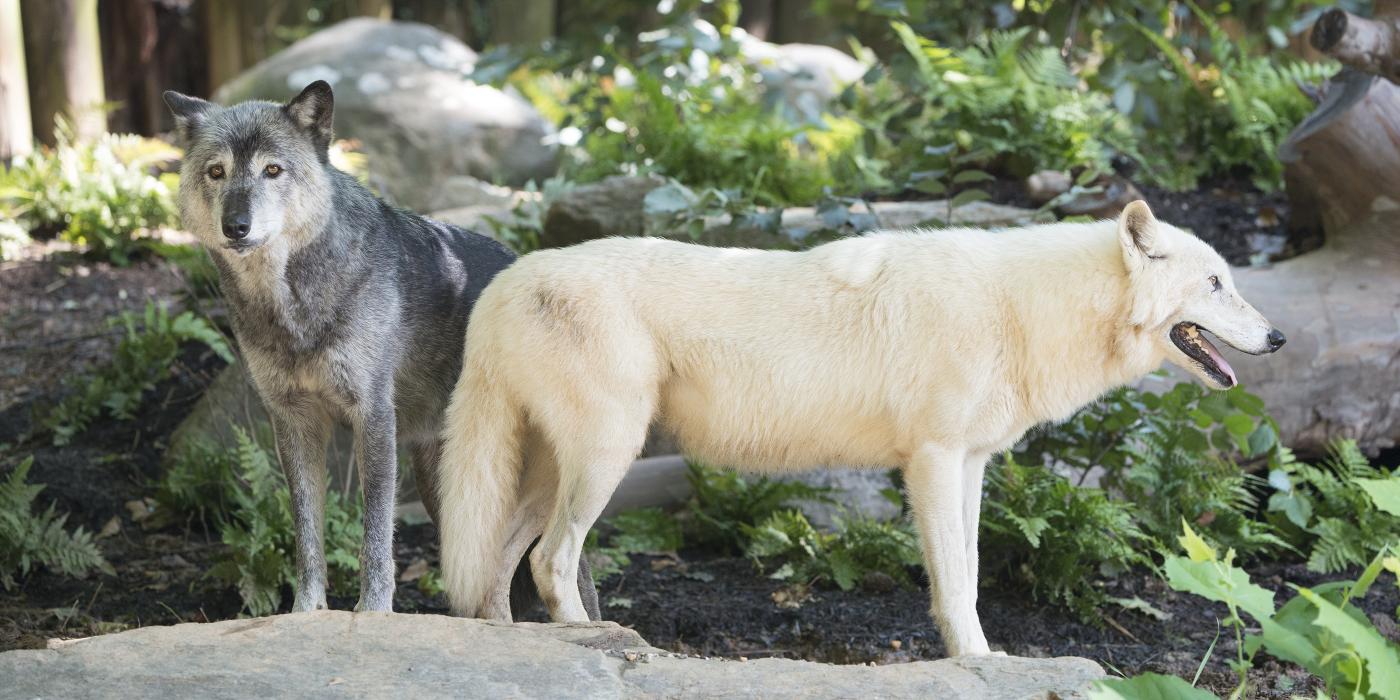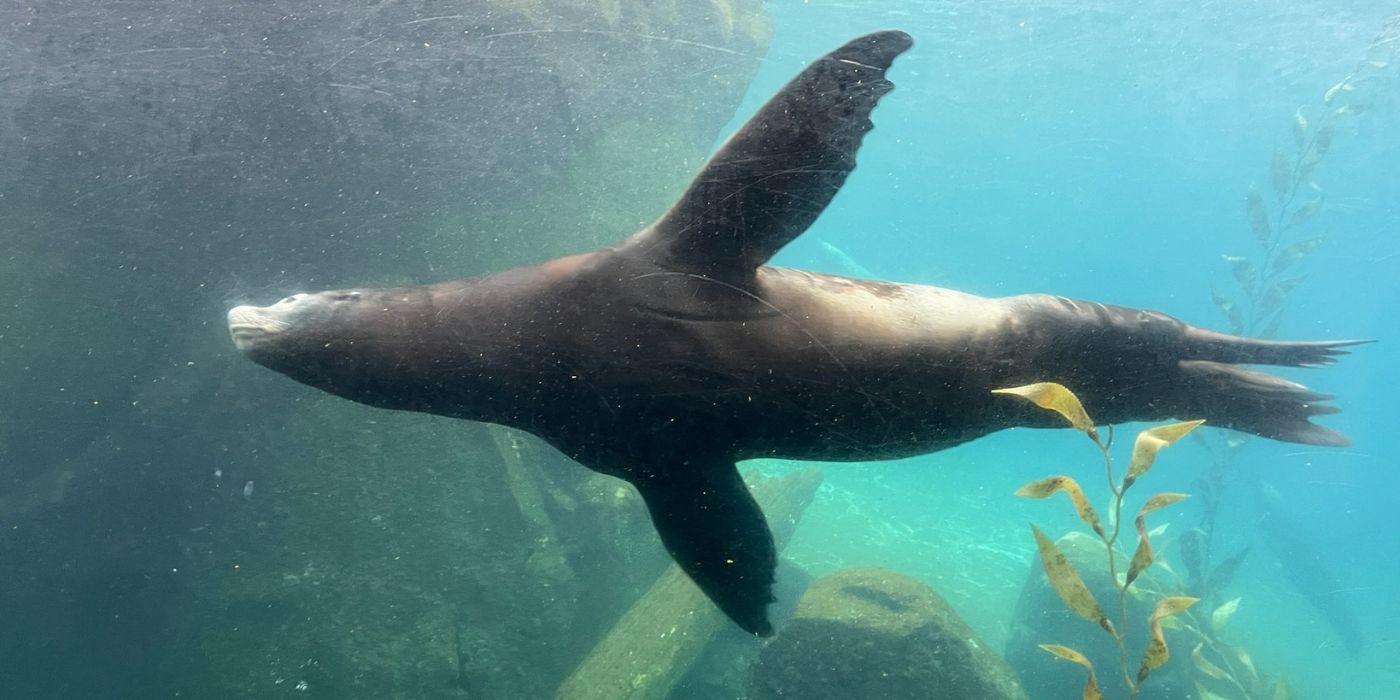Why Do Wolves Howl? And Other Top Wolf Questions Answered
You asked the internet, we answered.
Today, we answer some of the most-searched questions about gray wolves, the largest members of the canine family!
Why do gray wolves howl at the moon?
We hate to burst your bubble, but it is a myth that wolves howl at the moon!
Howling may be heard at night, but it is not a behavior directed at the moon. Instead, it is used as a social rally call, a hail to hunt or as a territorial expression. Did you know that individuals have different howls that can be heard by other wolves 6-7 mile away?
A howl can even help a lost wolf find its way home. A wolf separated from its pack uses a “lonesome howl” — a shortened call that rises in pitch. If answered, the wolf then responds with deep, even howls to inform the pack of its location.
Do gray wolves hibernate?
No, gray wolves stay active throughout the winter. One of the few times they will seek shelter is to create maternity dens. These dens may be in rock crevices, hollow logs or overturned stumps, but most often are burrows dug by the parents.
Why do gray wolves travel in packs?
The gray wolf is one of the most social carnivores. A wolf pack typically has five to eight individuals, but as many as 36 have been reported in one pack. These family groups typically consist of an adult pair, called the alpha, and their offspring.
The alpha pair guides the group’s activity and takes control at critical times, such as during a hunt. A young wolf may venture out on its own, exploring the fringes of its territory before deciding whether to leave its parental pack behind.
How do gray wolves communicate?
In addition to howling, barking and growling, gray wolves use scent marking to maintain pack territories. Body language is also an important communication tool.
Dominant wolves may display raised hackles (the hair on the back of the neck), bared teeth, wrinkled foreheads and erect, forward-pointing ears. Conversely, a less dominant animal may lower its tail and body position, expose its throat, peel back its lips and fold back its ears.
Do gray wolves mate for life?
A wolf pack’s alpha pair is typically the only pair to breed and may mate for life.
Do gray wolves have predators?
Gray wolves once had one of the largest natural ranges of any terrestrial mammal in the Northern Hemisphere, but expansion into the western U.S. placed wolves and humans in conflict from the start. Cattle ranches believed wolves were a threat to their livelihood, and a history of hunting and poisoning devastated wolf populations, bringing them to the brink of extinction.
In 1973, the Endangered Species Act helped reestablish wolf populations. A combination of legal protection, human migration to more urban areas and land-use changes has helped stabilize them since, and in 1995, they were reintroduced to the northern Rocky Mountains.
How do gray wolves hunt?
Hunting in packs allows gray wolves to take down prey larger than themselves, including caribou, moose, deer and bison. They often hunt at night and will catch prey as a team or chase prey toward the remaining members of the pack as a trap.
What do gray wolves eat?
Gray wolves eat about 3-4 pounds of food per day. In addition to hunting large prey, they also catch beavers, rabbits and fish. They will even eat the occasional berry.
Visit American Trail to see the Smithsonian’s National Zoo’s gray wolves, Crystal and Coby.
Related Species:




